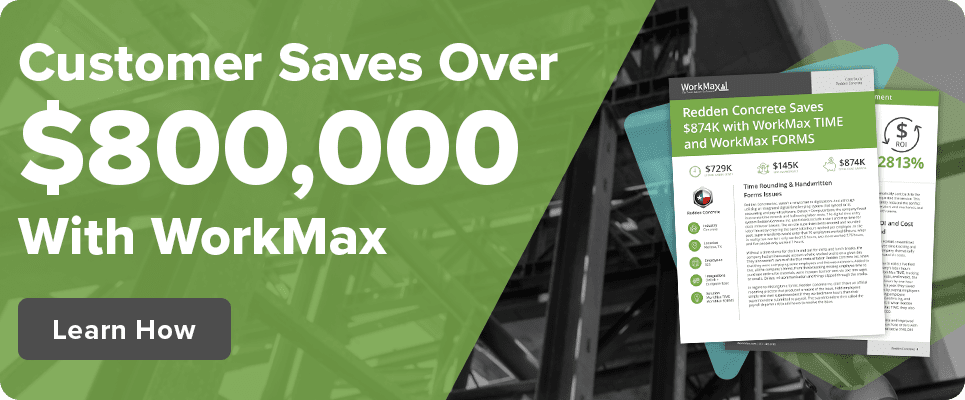Our users reported over 96% customer satisfaction for the last 10 years. Schedule a personal tour of our software to see how we can improve your business’s productivity.
Table of Contents
Share Article
In the world of construction, prioritizing safety and effective communication is not just a choice; it’s an absolute necessity. Traditionally, these elements relied heavily on paper-based methods, leading to inefficiencies, delays, and sometimes, devastating accidents due to miscommunication or overlooked safety concerns.
Today, however, digital transformation is offering a better way forward. One such transformative tool is the use of digital forms, which are revolutionizing the construction landscape by enhancing safety measures and streamifying communication processes.
Digital forms present an innovative way to automate, standardize, and digitize information flow on construction sites. These forms can be easily accessed on a smartphone or tablet, thereby eliminating the need for manual paper-based processes.
But how do they improve safety and communication? .

How Do Digital Forms Improve Construction Safety & Communication?
Streamlining Communication
Communication is the lifeblood of any construction project. It ensures that everyone is on the same page, from project managers and site supervisors to subcontractors and construction workers. Digital forms help streamline this process by making information readily available in real time.
Team members can fill out, share, and access forms from anywhere, reducing the chances of miscommunication or overlooked messages.
For instance, a site manager can instantly share a form detailing a change in the project, and workers can access it immediately, ensuring everyone is updated simultaneously. Moreover, these digital forms can be integrated with other digital tools like project management software, making the entire communication process more efficient.
Enhancing Safety
Safety is a critical concern on construction sites. Traditional paper-based safety forms are prone to loss, damage, and delays, creating potential risks. Digital forms, on the other hand, offer an efficient solution to ensure timely and accurate safety reporting.
Incident reporting becomes significantly more efficient with digital forms. If an accident occurs, the incident can be documented instantly on a digital form, including photos or videos, and be shared immediately with relevant personnel. This rapid response can help mitigate further risks and facilitate a quicker resolution.
Safety audits and inspections are also simplified with digital forms. They allow for real time tracking, making it easier to identify potential safety hazards before they become serious issues. Additionally, with the capacity to prompt users for required information, digital forms ensure that no critical safety details are overlooked.
Data Analysis and Insights
Beyond immediate safety and communication improvements, digital forms provide an invaluable asset: data. With digitized data, construction firms can perform detailed analyses to identify trends, areas of concern, and opportunities for improvement. This data can lead to proactive measures, enhancing safety and efficiency on the job site.
For example, if data shows that certain types of incidents occur more frequently, management can implement targeted safety training in those areas. Similarly, communication bottlenecks can be identified and addressed, ensuring smoother operations.

Digital Forms: Building a Safer, More Connected Construction Future
In a sector where safety and communication are paramount, digital forms are proving to be game-changers. By digitizing information flow, they not only streamline communication but also enhance safety measures, leading to safer, more efficient construction sites.
As we continue to embrace construction technology, it’s clear that the future of the industry lies in such digital transformations.

